Search the Special Collections and Archives Portal
Search Results
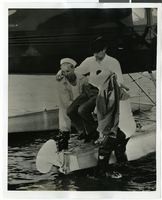
Photograph of Howard Hughes at a U.S. Coast Guard Station, January 15, 1938
Date
Archival Collection
Description
Image
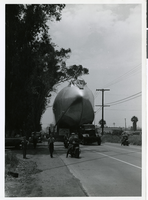
Photograph of a section of Hughes Flying Boat en route to the Los Angeles Harbor, June 15, 1946
Date
Archival Collection
Description
Image
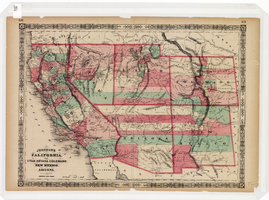
Map of California, Utah, Nevada, Colorado, New Mexico and Arizona, 1864
Date
Description
Text
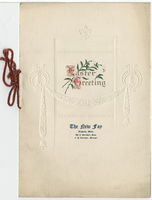
The New Fay Easter dinner menu, Sunday, April 7, 1912
Date
Archival Collection
Description
Text
Central Park, New York City, New York: panoramic photograph, 1981 May 31
Level of Description
Archival Collection
Collection Name: Bob Paluzzi Panoramic Photographs
Box/Folder: Box 07, Digital File 00
Archival Component
Central Park, New York City, New York: panoramic photograph, 1981 May 31
Level of Description
Archival Collection
Collection Name: Bob Paluzzi Panoramic Photographs
Box/Folder: Box 07, Digital File 00
Archival Component
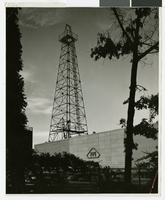
Photograph of the exterior of Hughes Research Laboratories, Culver City, California, circa 1940s
Date
Archival Collection
Description
Image
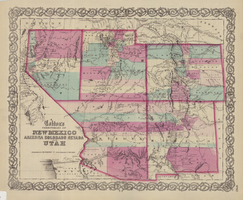
Map of the territories of New Mexico, Arizona, Colorado, Nevada, and Utah, 1855
Date
Description
Image
Worker fits a new Hughes Jet bit into the drill collar, approximately 1940-1959
Level of Description
Archival Collection
Collection Name: Howard Hughes Professional and Aeronautical Photographs
Box/Folder: Folder 16
Archival Component
Hughes Electronics Corporation Records
Identifier
Abstract
The Hughes Electronics Corporation Records (1935-2021) contain the files and publications of the corporate communications department and records donated by Robert K. Roney, a leading engineer at Hughes. These records document the growth of the company in Southern California, from building experimental aircraft for Howard Hughes, to developing and manufacturing radar and guided missile systems for the United States military and NATO forces, to developing and manufacturing communication satellites and space probes for NASA, and becoming the largest manufacturer of communication satellites and provider of satellite TV. The collection contains press releases, executive biographies, executive speeches, annual reports, corporate directories, organizational charts, correspondence files, technical reports and notes, promotional materials, as well as articles and publications detailing the history of the company. The collection also includes audiovisual materials and photographs. The audiovisual series details the history of the company through news footage and documentaries about Howard Hughes, aviation, corporate mergers, interviews with executives and promotional videos.
Archival Collection
